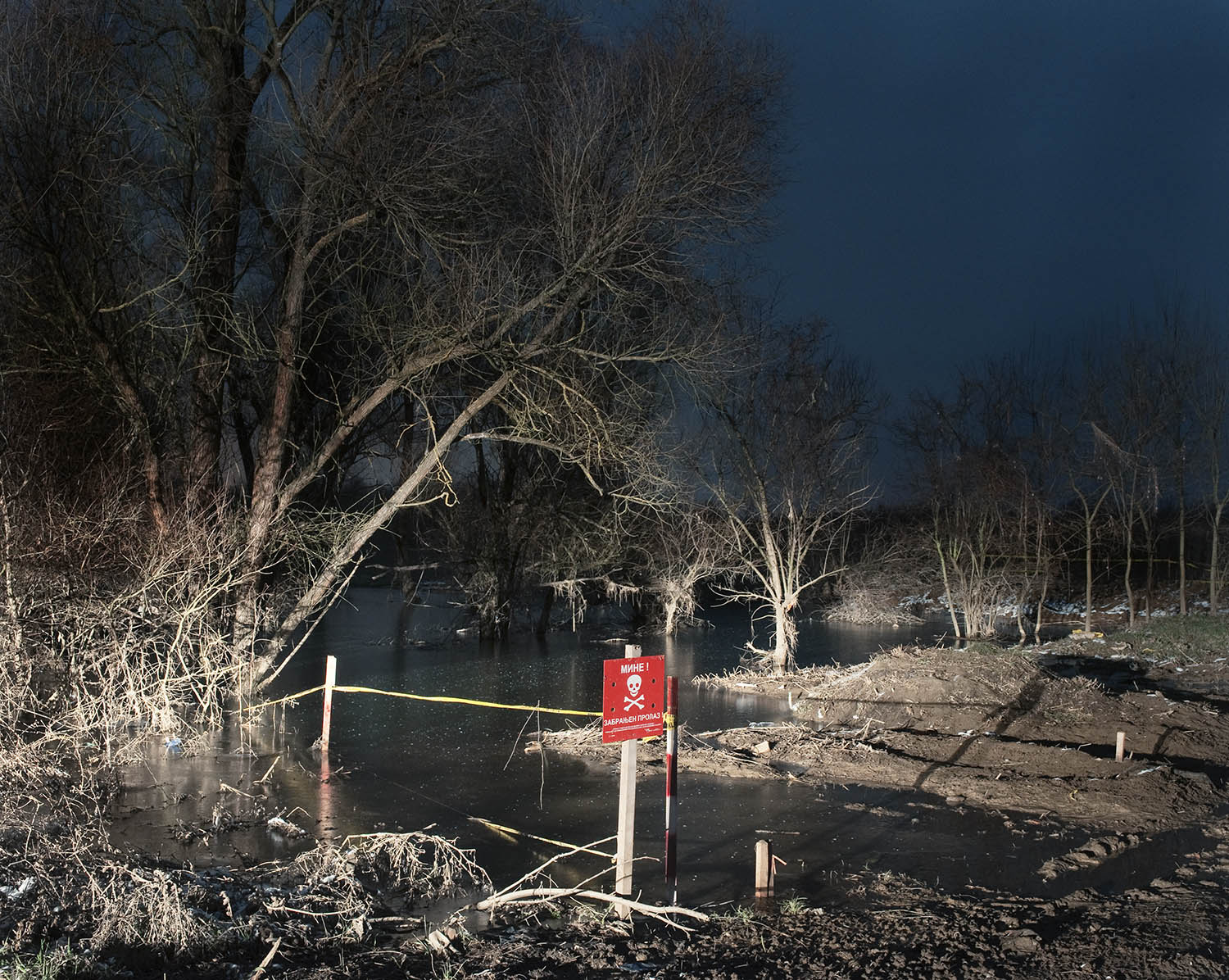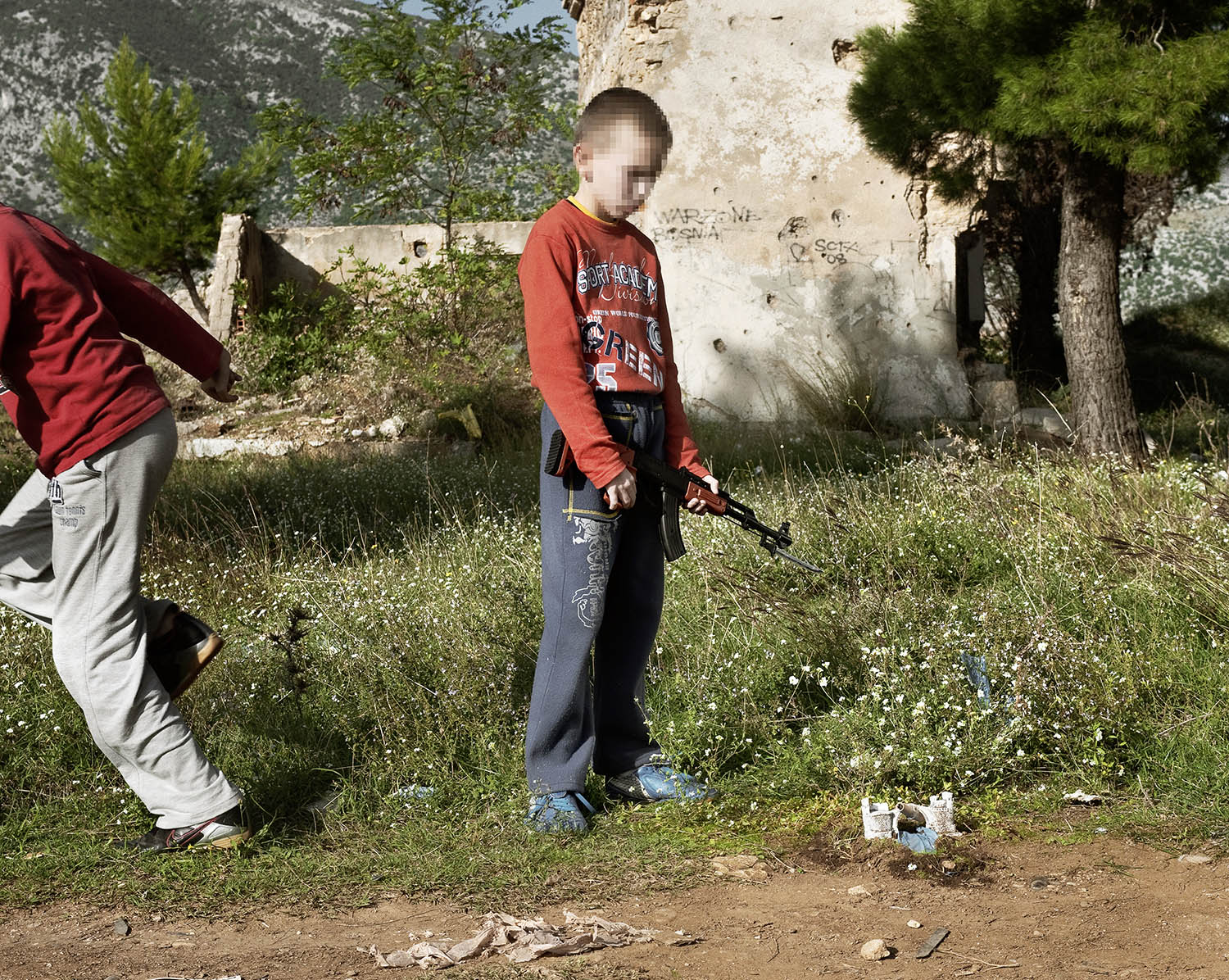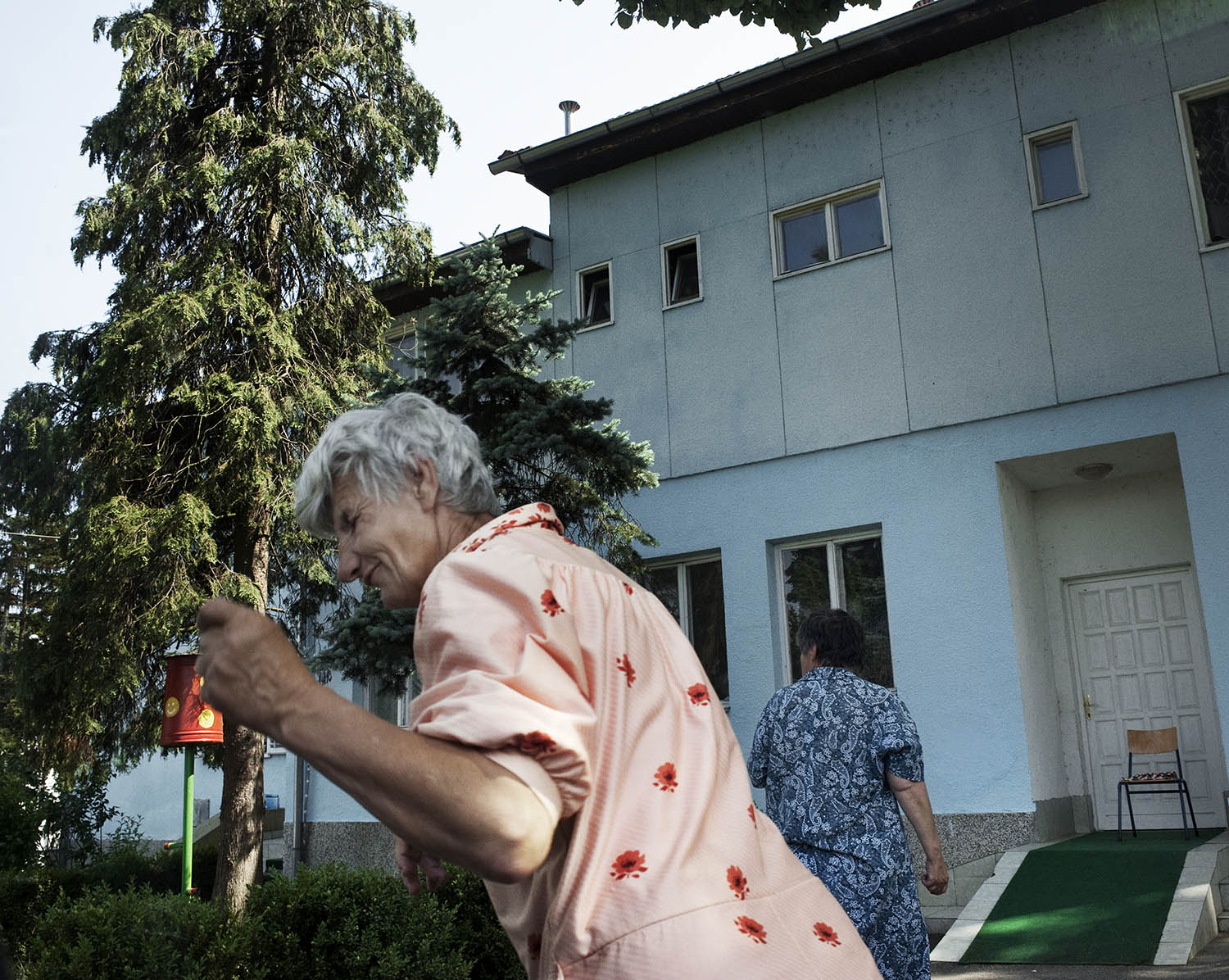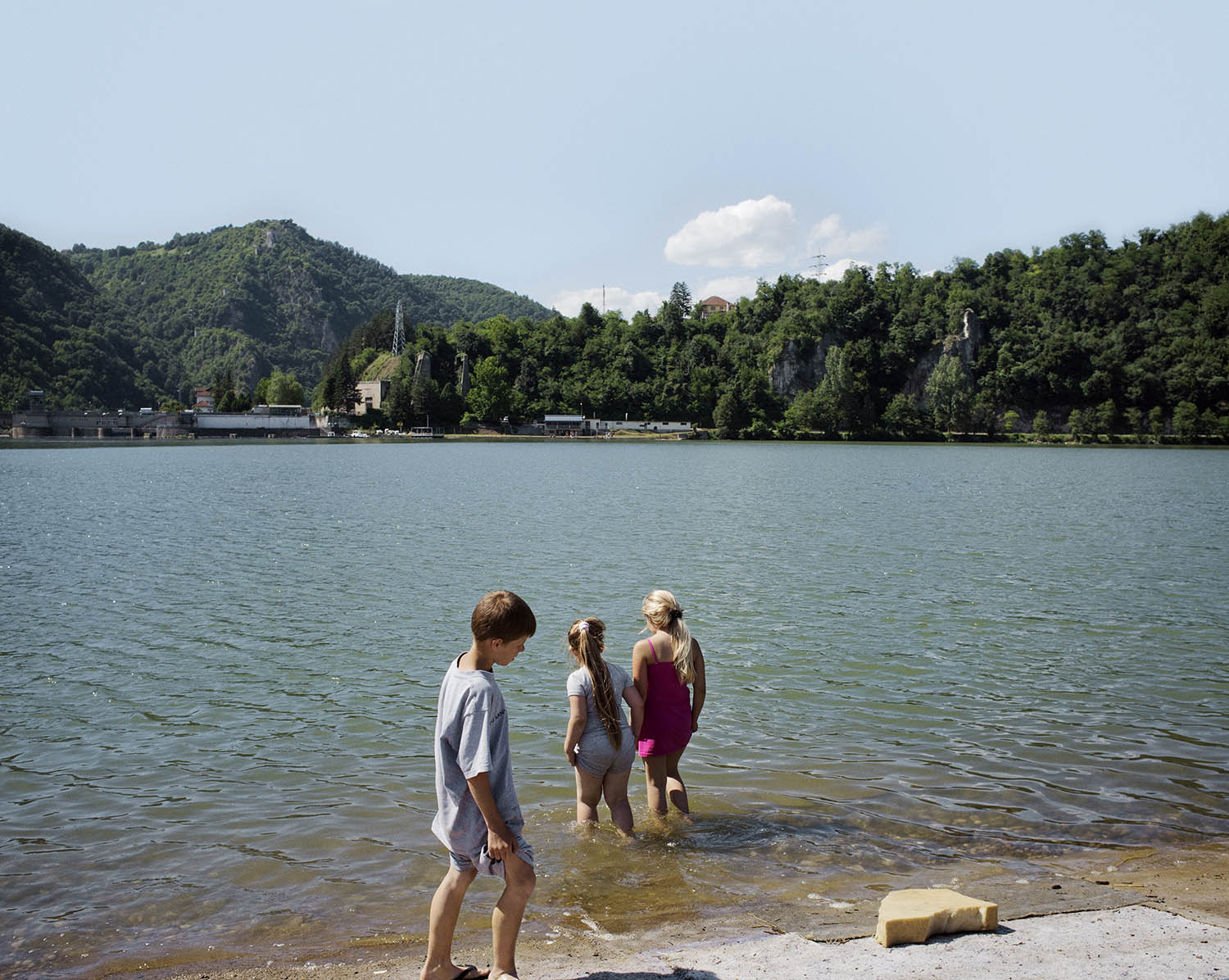Testo realizzato per l’Aftermath Grant (Bosnia e Herzegovina: se il caos risveglia la follia) “Our people’s lives pass, bitter and empty, among malicious, vengeful thoughts and periodic revolts. To anything else, they are insensitive and inaccessible. One sometimes wonders whether the spirit of the majority of the Balkan peoples has not been forever poisoned and that, perhaps, they will never again be able to do anything other than suffer violence, or inflict it.” Ivo Andric. Conversation with Goya: signs, bridges La vita quotidiana in Bosnia e Herzegovina appare oggi, ad un occhio distratto, sempre più vicina agli standard europei. La realtà e’diversa. Nelle guerre cruente, fratello contro fratello, casa per casa, le conseguenze sono a lungo termine e lasciano ferite profonde, incise come i tatuaggi: sono le infinite declinazioni della paura. La paura dell’altro, del nemico uguale a te stesso, e quindi dello specchio, perché è di te che, in fondo, puoi avere paura. Paura durante un litigio su un tram, paura quando qualcuno alza la voce, paura di non poter fermare qualcosa che la popolazione bosniaca non ammette, quelle divisioni mai superate, motivo di violenza durante la guerra, e che in molti luoghi sono diventate uno status quo. E ancora. Paura di rivivere il passato, tornando semplicemente nelle proprie case; paura di incontrare se stessi, i propri ricordi, i propri fantasmi. Paura del vicino di casa, che ieri era di una nazionalità improvvisamente divenuta ostile, e oggi e’ il rifugiato proveniente dalla campagna, che continua ad essere diverso, sconosciuto, temuto. ‘Paura della paura’ che tende un filo troppo tenue e malsicuro tra il passato e il presente per consentire anche al più spavaldo dei funamboli di correre verso il futuro. Gli accordi di Dayton hanno creato uno stato di “apparente normalità” post conflitto: il nostro lavoro parte da qui. Le firme intorno a quel tavolo, nel dicembre 1995, hanno sancito la fine del massacro dei civili da un lato, il definitivo riconoscimento della diversita’ delle etnie dall’altro. In un paese, la Bosnia, che ad oggi, paradossalmente, e’ il più simile alla ex Yugoslavia per intreccio di popoli.
“Apparente normalità”, perché un popolo che ha subito così terribili atrocità finisce, forse, per non sentire più nulla, e crede che il malessere sia parte della vita.
O forse perché, dove nelle scuole si possono insegnare tre diverse versioni della storia recente, in termini di aggressori e vittime, vincitori e vinti, conquistatori e sconfitti, il caos trova diritto di cittadinanza, legittimazione.
Intendo raccontare, anche con fatti di cronaca, come la normalità rischia quotidianamente di sconfinare nella follia.
Intendo raccontare anche quegli agenti esterni che minano il sottile equilibrio dello ‘stato di calma apparente’, come la comunità musulmana di Sanjak, confinata in un territorio ad oggi diviso tra la Serbia e il Montenegro. La regione di Sanjak, che ha dato i natali a criminali di guerra bosniaci quali Ramiz Delilac, viene additata dai Serbi come l’enclave dei Wahabi e dal resto del mondo come una zona di prossimi tumulti.
In altri termini descriverò, come questa situazione post bellica, che sia i Bosniaci sia il resto del mondo si ostinano a chiamare ‘normalità’, non è altro che una forma virale di profondo e radicato malessere: la vera conseguenza della guerra.
La mancanza di cura può solo sfociare in malattia, in follia, in ulteriori instabilità.
Il ritmo fotografico seguirà una partitura fatta di metafora e documento, di registrazione e allegoria. E non potrebbe essere altrimenti, ché se da un lato non si possono trascurare i segni visibili lasciati dal conflitto, sull’essere umano e sulle infrastrutture, dall’altro bisogna mostrare l’evanescente, il sotterraneo pericolo che impedisce il recupero e la ricostruzione e destabilizza le fondamenta del futuro.
Al “veleno” di cui parla Andric, alle sue insensate somministrazioni, ai suoi effetti schizofrenici, intendo dare visibilità.
© Lara Ciarabellini/Massimo Mastrorillo/Pamela Piscicelli

































